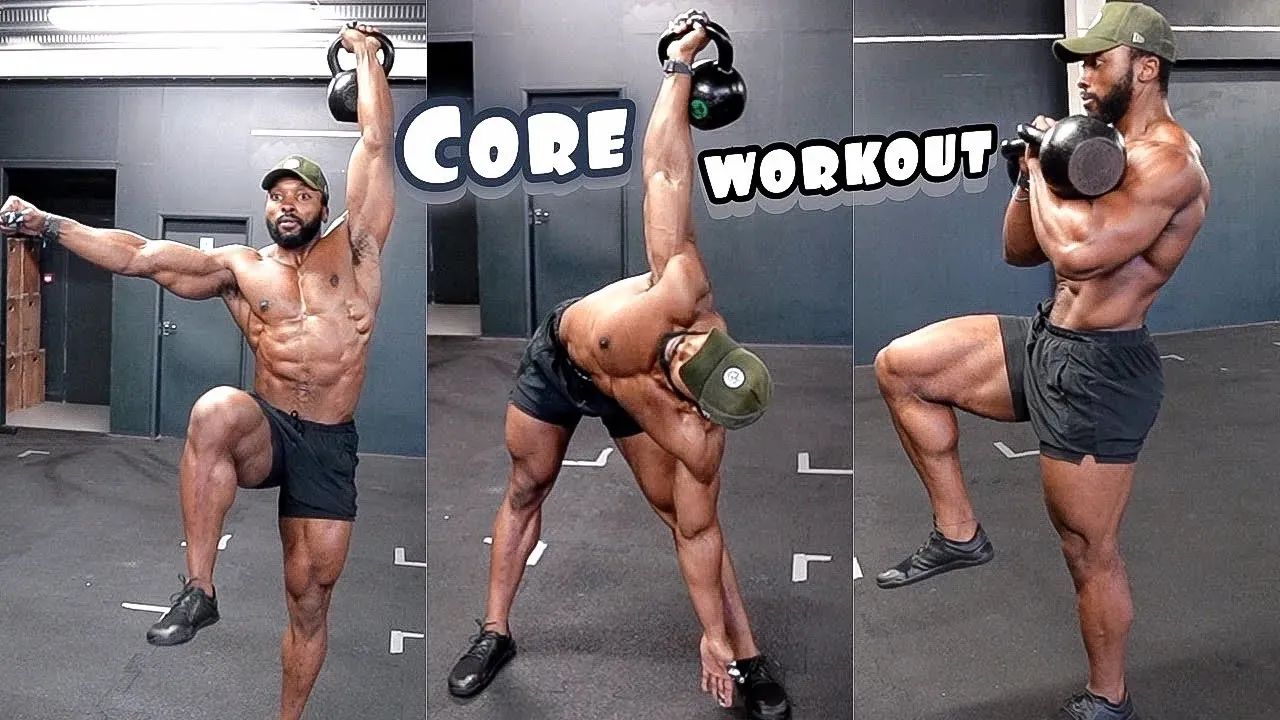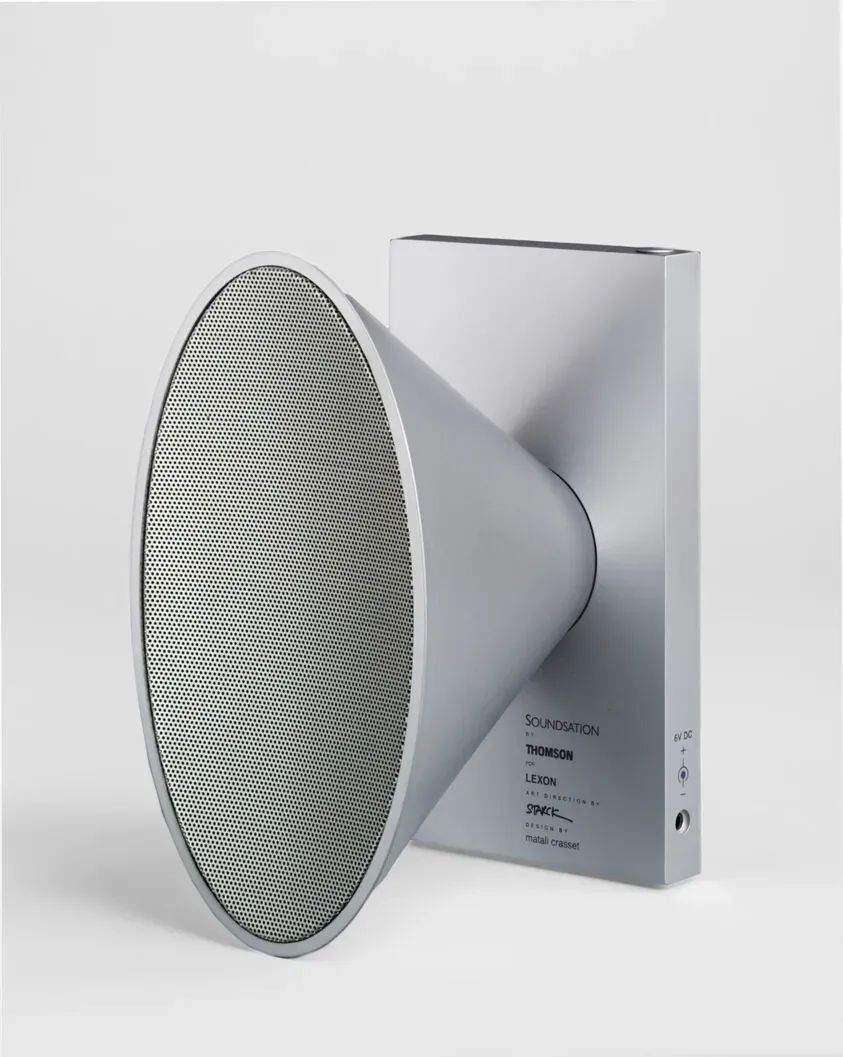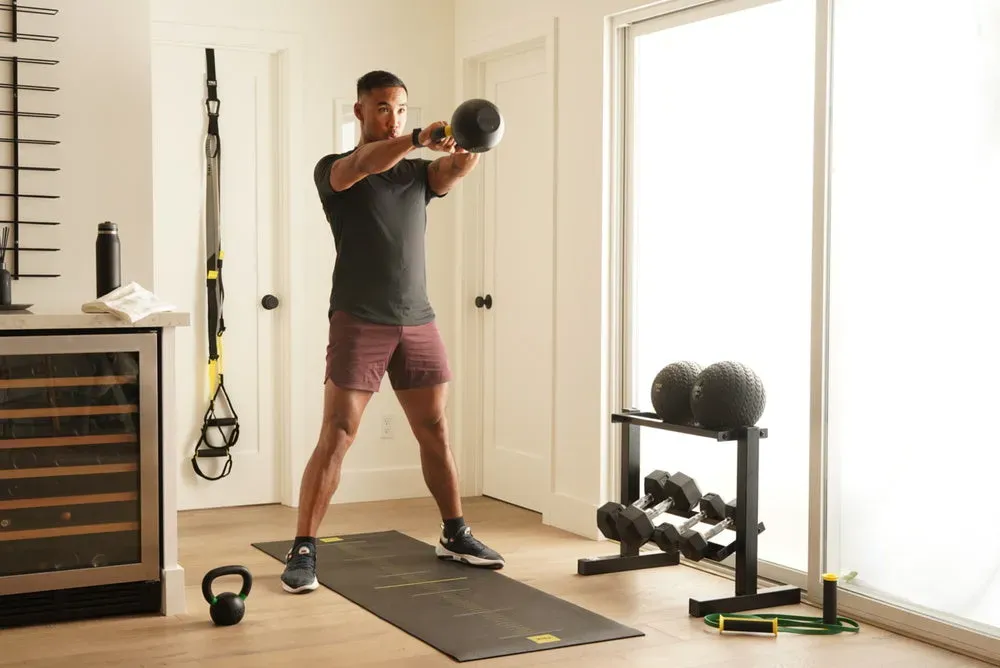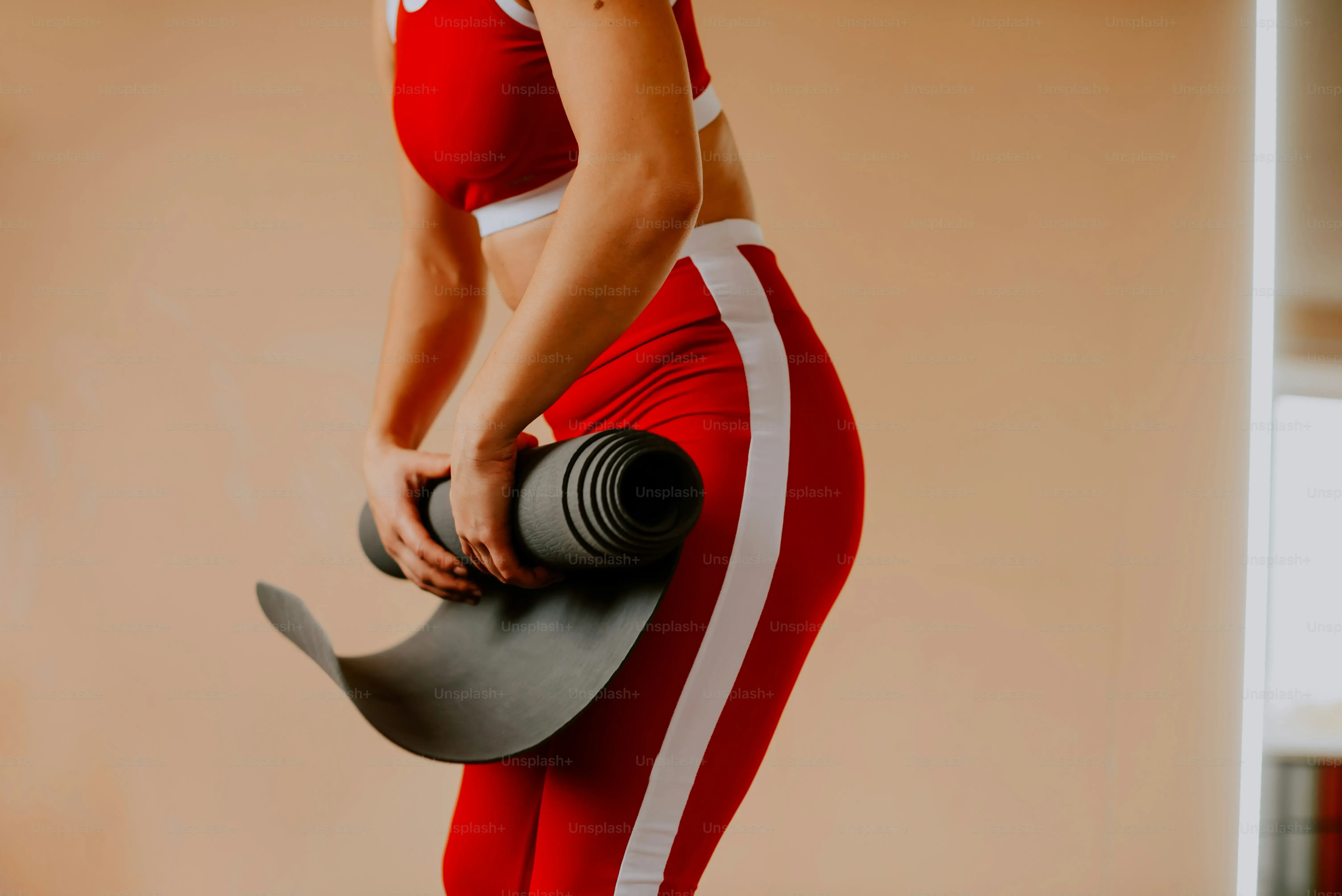Table of Contents
Let's be honest. Chasing a strong, visible core often feels like a hamster wheel of crunches and planks. You put in the time, maybe see some progress, but eventually, things plateau. It gets tedious, fast. What if there was a tool that could inject some serious power and efficiency into your core training? Something that forced your abs to work harder, stabilize more, and build functional strength beyond just looking good? That tool is the kettlebell.
Why Use Kettlebells for a Strong Core?

Why Use Kettlebells for a Strong Core?
More Than Just Crunches: The Dynamic Difference
Look, we've all done the floor work. Crunches, leg raises, planks – they have their place, sure. But they often train your core in a static, isolated way. Life, however, isn't static. You're not just lying flat on your back trying to lift your shoulders off the floor when you're carrying groceries, swinging a golf club, or just standing upright for hours. Your core is constantly working to stabilize, resist forces, and transfer power. This is precisely where the kettlebell shines, and why understanding why use kettlebells for a strong core is crucial.
That offset weight, the fact it hangs below your hand, creates a different kind of challenge. It pulls you, it shifts, it demands constant, active stabilization from your abdominal muscles, obliques, and lower back. It's not just about contracting your abs; it's about controlling motion and resisting unwanted movement. It's training your core like the dynamic unit it is.
Building Anti-Rotation and Stability Power
One of the biggest advantages of a kettlebell workout for abs is its ability to build serious anti-rotation and anti-extension strength. Think about a kettlebell swing or a single-arm carry. As that weight moves or you hold it on one side, your core has to fight like hell to keep your torso stable and prevent it from twisting or bending backward. This isn't just theoretical gym stuff; this is the kind of core strength that prevents injuries and makes you feel solid in your movements.
Traditional core exercises often miss this critical element. You can do a thousand crunches and still have a weak core when it comes to resisting rotational forces. Kettlebells force your core to act as a rigid pillar, connecting your upper and lower body efficiently. That's functional strength, the kind that actually matters outside of a gym mirror.
- Kettlebells challenge core stability dynamically.
- They build crucial anti-rotation strength.
- The offset weight demands more muscle activation.
- They train the core for real-world movements.
- Less time on the floor, more standing and moving.
Functional Strength That Translates Everywhere
So, beyond just looking good (which, let's be honest, is a nice perk), why use kettlebells for a strong core when you could just keep doing what you're doing? Because the strength you build with kettlebells is the kind that helps you lift heavy things safely, throw a ball harder, run more efficiently, and simply move through your day without aches and pains. Your core is the bridge between your upper and lower body. If that bridge is weak, everything suffers.
A kettlebell workout for abs integrates core work into full-body movements. You're not just isolating; you're coordinating. This teaches your core to work in concert with the rest of your body, which is exactly how it functions in life and sport. It’s about building a resilient, powerful center that makes everything else you do feel easier and stronger. It's a smarter, more efficient way to train your core.
Top Kettlebell Exercises for Abs of Steel

Top Kettlebell Exercises for Abs of Steel
The Kettlebell Halo: More Than Just a Warm-Up
Alright, so you've got the kettlebell in hand, ready to ditch the endless crunches. Where do you even start? Forget the fancy stuff for a second. One of the most fundamental and effective movements for hitting your core, especially your obliques and upper abs, is the Kettlebell Halo. It might look simple, like you're just tracing a circle around your head, but done correctly, it's a brutal test of core stability and control.
You hold the kettlebell by the horns, keeping your elbows close, and slowly circle the weight around your head, keeping your torso upright and still. The key here is resisting the urge to let your body sway or twist. Your abs and obliques are working overtime to keep everything locked in place as the weight shifts from front to back, side to side. It's an anti-extension and anti-rotation powerhouse disguised as a simple circle. It's a non-negotiable move in any serious kettlebell workout for abs.
Renegade Rows: Full-Body Core Annihilation
Ready to get off your feet and really challenge that core stability? Enter the Renegade Row. This isn't just an upper-body exercise disguised as core work; it's a legitimate core killer that also happens to build back and arm strength. You start in a plank position, hands gripping two kettlebells. From there, you row one kettlebell up towards your chest, all while fighting like hell to keep your body from rotating or tipping over.
The unstable base provided by the kettlebells, combined with the unilateral pulling motion, forces your core to engage intensely to prevent any unwanted movement. Your obliques, transverse abdominis, and rectus abdominis are all firing to keep your torso rigid and stable. It's a high-demand movement that builds incredible anti-rotation strength and overall core control. If you want a challenging, effective kettlebell workout for abs that works multiple muscles, this is your go-to.
- Kettlebell Halos build anti-rotation and anti-extension strength.
- Renegade Rows demand intense core stability in an unstable position.
- Both exercises integrate core work with other muscle groups.
- Focus on controlled movement over speed for maximum core engagement.
Building Your Kettlebell Workout for Abs

Building Your Kettlebell Workout for Abs
Starting Simple: Foundation First
so you're sold on the idea of using kettlebells for a killer core. But how do you actually put it together? Don't overthink it initially. Building your kettlebell workout for abs starts with the basics. You don't need a dozen different exercises. Pick a few fundamental movements that challenge your core in different ways – maybe a carry variation, a rotational move, and something that requires anti-extension.
Think about building a house. You wouldn't start with the roof. You lay a solid foundation. For your abs with a kettlebell, that means mastering control and stability before trying complex flows or heavy lifts. Get comfortable with the weight, understand how it shifts, and focus on keeping your torso braced and still where it needs to be still. Consistency with simple, effective moves beats jumping into advanced stuff you can't control.
Picking Your Core Kettlebell Crew
Now, which moves make the cut for your core crew? We touched on Halos and Renegade Rows, which are fantastic. But there's a whole arsenal. Turkish Get-Ups are legendary for full-body core control. Suitcase carries and farmer's walks with a single kettlebell blast your obliques and anti-lateral flexion strength. Kettlebell chops and lifts work your rotational power and anti-rotation resistance simultaneously. Even swings, often seen just as a hip hinge exercise, demand massive core engagement at the top to prevent hyperextension.
A good strategy for Building Your Kettlebell Workout for Abs is to select 3-4 exercises that hit different core functions. Maybe a carry, a rotational/anti-rotational move, and a stability challenge from the floor. Variety is key to hitting all angles of your core musculature. Don't feel pressured to do everything at once; build your repertoire over time as you get stronger and more confident.
- Single-arm carries (Suitcase, Rack, Overhead)
- Kettlebell Halos
- Renegade Rows
- Turkish Get-Ups (even just the first few steps)
- Kettlebell Chops and Lifts
- Kettlebell Swings (focus on the top position snap)
Putting It Together: Sets, Reps, and Flow
So you've got your exercises. How many sets? How many reps? For Building Your Kettlebell Workout for Abs, focus less on chasing high rep counts like you might with crunches. Kettlebell core work is often about control, tension, and time under tension. For carries, think distance or time (e.g., 30-60 seconds per side). For Halos, 8-12 slow, controlled reps in each direction. For Renegade Rows or Get-Ups, focus on quality reps, perhaps 5-8 per side.
You can integrate these into your existing strength routine – maybe add them at the end, or even weave them between sets of other exercises as active recovery or core activation. Alternatively, you could do a dedicated 15-20 minute kettlebell core session. The key is consistency and choosing a weight that challenges you without sacrificing form. You should feel your core working hard to stabilize, not just your arms or back struggling to move the weight.
Secrets to an Effective Kettlebell Abs Routine

Secrets to an Effective Kettlebell Abs Routine
Form Over Everything Else, Seriously
listen up. You can swing the heaviest kettlebell in the gym, but if your form is sloppy, your abs aren't doing the work. They're just along for the ride while your back or momentum takes over. The biggest secret to an effective kettlebell abs routine isn't about how much weight you can move; it's about how well you can control the weight you're using. Every single rep needs to be intentional. Think about actively bracing your core, like you're about to take a punch to the gut, throughout the entire movement.
When you're doing a carry, are you letting your body lean away from the weight? Stop it. Your obliques should be screaming as they fight to keep you upright. Doing a Halo? Don't let your ribcage flare out or your hips wiggle. Keep everything locked down. That conscious tension and control is what truly lights up your core and makes these exercises productive. It's the difference between just going through the motions and actually building serious strength.
Consistency Beats Intensity, Usually
Another crucial piece of the puzzle for an effective kettlebell abs routine is showing up. You don't need to annihilate your core every single day. In fact, you probably shouldn't. Your abs, like any other muscle group, need time to recover and grow. But hitting them consistently, even if it's just 15-20 minutes a few times a week, will yield far better results than one epic, gut-busting session every fortnight.
Find a schedule that's sustainable for you. Maybe it's tacking on a few core exercises at the end of your regular workouts. Maybe it's a dedicated short session on an off day. The key is regularity. Your body adapts to consistent stimulus. Sporadic bursts of effort, while they might feel heroic, aren't the most efficient path to a strong, resilient core. Pick your exercises, pick your days, and stick to it. That's where the magic happens with a kettlebell workout for abs.
Ask yourself: Are you *feeling* your core work, or just moving the weight?
Leveling Up Your Kettlebell Workout for Abs

Leveling Up Your Kettlebell Workout for Abs
Taking Your Core Strength Further
Alright, so you've nailed the basics, your form is solid, and that initial kettlebell workout for abs is starting to feel less like a battle and more like a warm-up. This is where the fun really begins with Leveling Up Your Kettlebell Workout for Abs. Progression isn't just about slapping on more weight, though that's part of it. It's also about increasing the demand on your core in different ways. Maybe you move from a two-kettlebell carry to a single-arm suitcase carry, instantly doubling the unilateral challenge to your obliques. Perhaps you slow down the eccentric phase of a Renegade Row, increasing the time under tension, or you start incorporating partial Turkish Get-Ups into your routine, gradually working towards the full movement.
Consider adding more complex variations of the exercises you've mastered. If Halos are easy, try them kneeling or even half-kneeling to reduce your base of support and force your core to work harder for stability. For carries, try an overhead carry with a kettlebell – that requires an insane amount of core and shoulder stability. The goal is to keep challenging that core to stabilize against greater loads or in more unstable positions. Don't be afraid to experiment, but always prioritize maintaining that crisp, controlled form you worked hard to build. That's how you keep seeing results and build a truly resilient core.
Beyond the Crunch: Your Kettlebell Core
So, there you have it. Swapping out some of those endless floor exercises for a targeted kettlebell workout for abs isn't just about variety; it's about efficiency and building real-world strength. You've seen the moves, the benefits, and how to put it all together. This isn't a magic bullet – consistency still matters – but kettlebells offer a path to a more resilient, powerful core than crunches alone ever will. Pick up the weight, put in the work, and feel the difference when your abs aren't just for show, but built for anything.